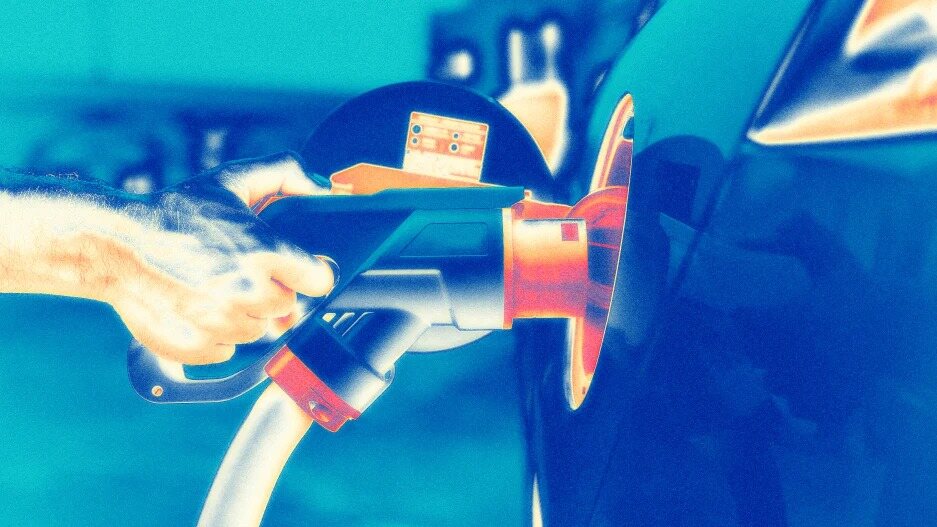- | 9:00 am
Scientists just invented an EV battery that can fully charge in 5 minutes
Could it end EV range anxiety?

When it comes to electric vehicle adoption, consumers still have lots of questions about their batteries: What is their mile range? How long do they take to charge? How does charging affect the battery’s life long-term?
Researchers at Cornell University have made a battery breakthrough they say could assuage these concerns. The researchers created a lithium battery that can charge in under five minutes, while still delivering a stable performance through repeated “charging and discharging” cycles.
Lithium-ion batteries have been popular for electric vehicles because they’re lightweight, energy efficient, and have a long life. How long those batteries take to charge depends on their size and what sort of charger they’re plugged into. Fast chargers can charge an EV in as little as 30 minutes, while “level 1” chargers often found in residential homes could take more than 40 hours. (There have been charger developments too; a company called Gravity says its chargers take just five minutes on vehicles with a 200-mile range, though some EVs aren’t designed to handle these chargers’ power.)
For all of a lithium-ion battery’s benefits, it also comes with downsides, including the time it takes to charge and issues handling a large surge of current. The researchers instead found that a metal called indium, often used for touchscreens and solar panels, helps with fast charging and storage in batteries. Their battery uses indium anodes (lithium-ion battery anodes typically use graphite coated on copper foil).
With a five-minute charging time, drivers may not need to worry about how many miles their EV battery can last on one charge, a concern dubbed “range anxiety.” “If you can charge an EV battery in five minutes, I mean, gosh, you don’t need to have a battery that’s big enough for a 300-mile range. You can settle for less, which could reduce the cost of EVs, enabling wider adoption,” Lynden Archer, a professor of engineering and dean of Cornell’s College of Engineering who oversaw the battery project, said in a statement. A paper on the work was recently published in the journal Joule.
Indium anodes also have their drawbacks: Indium is heavy, whereas EV makers prioritize lightweight materials. Still, the development could foster more fast-charging batteries in the future. Researchers say they could look for other metals with the same properties but that are more lightweight. “Are there metal alloys out there that we’ve never studied, which have the desired characteristics?” Archer said. “That is where my satisfaction comes from, that there’s a general principle at work that allows anyone to design a better battery anode that achieves faster charge rates than the state-of-the-art technology.”






































